Three years after Stellan Skarsgard suffered a significant stroke, he opened up about how the medical emergency has created challenges in his acting career.
“I found a way,” Skarsgard told Vulture about how he remembers his lines in an…
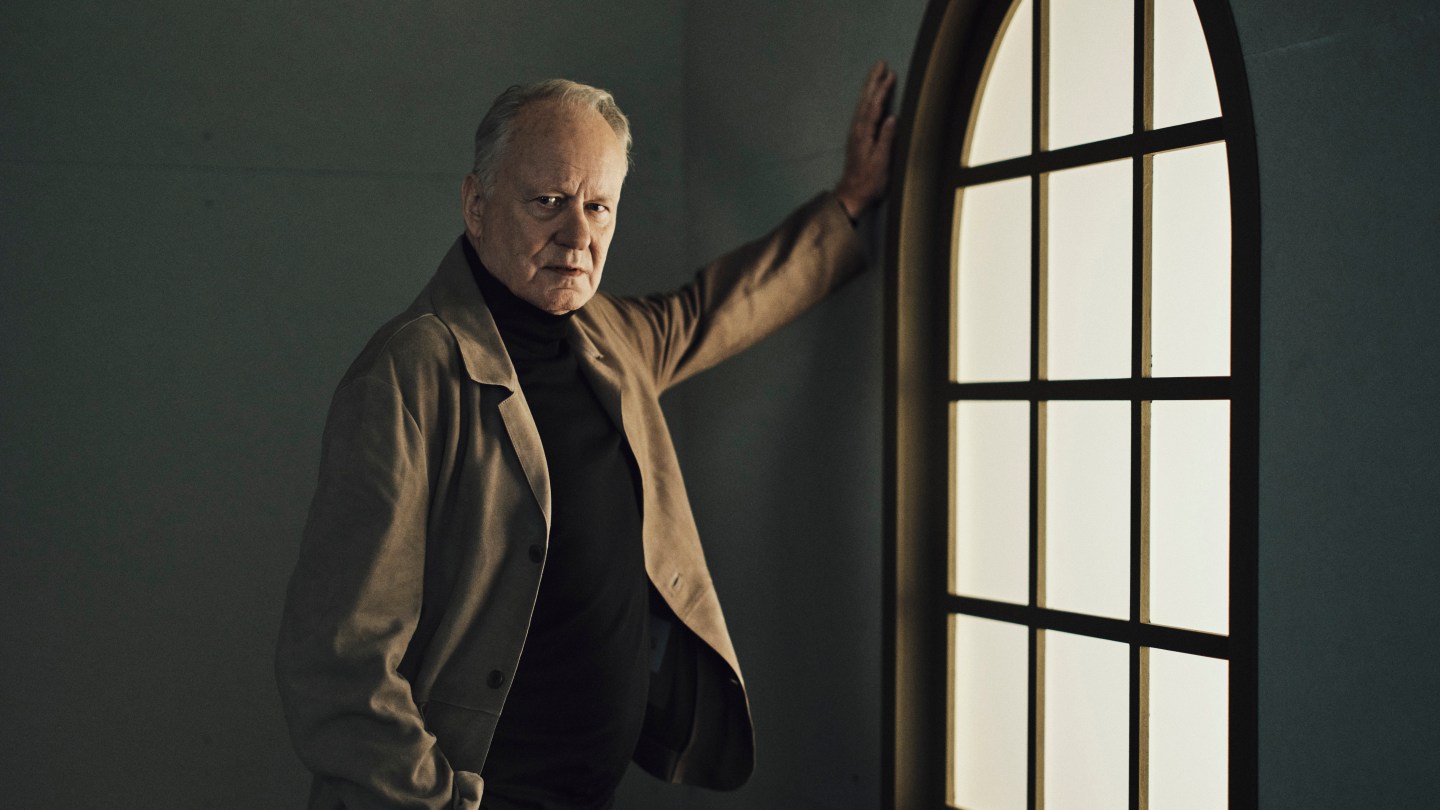
Three years after Stellan Skarsgard suffered a significant stroke, he opened up about how the medical emergency has created challenges in his acting career.
“I found a way,” Skarsgard told Vulture about how he remembers his lines in an…

Meghan Markle is teasing a new update for ‘As Ever’ fans.
The Duchess of Sussex, who took a hiatus in rolling out her lifestyle products, is bck…
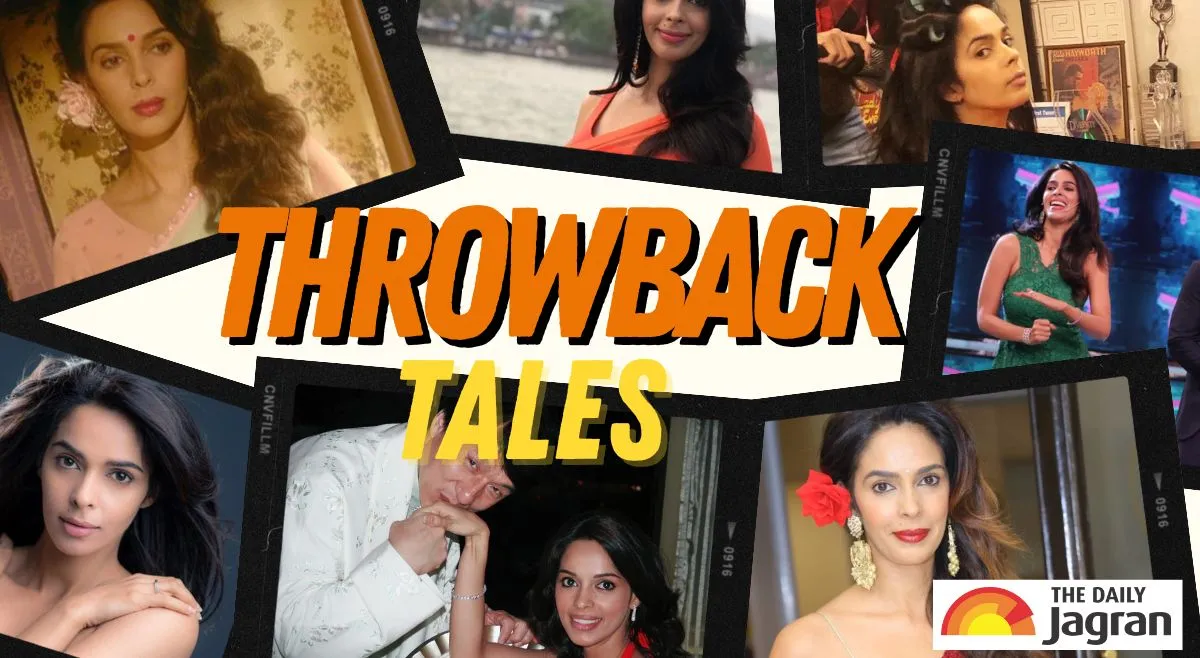
In India, there are many of people who want to work as actors and establish themselves in the motion picture business. In an attempt to make an impact on Bollywood, a lot of men and women relocate to Mumbai, the city of dreams. The actor in…
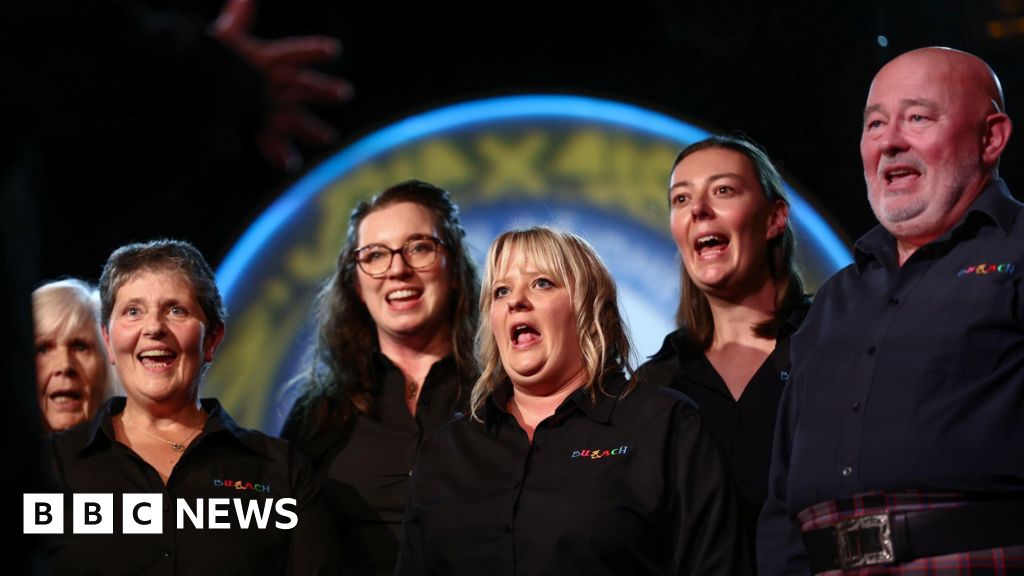
The Royal National Mòd will not change the format of one of its most popular competitions for next year’s festival, the BBC has learned.
Organisers, An Comunn Gàidhealach, had suggested rules around some categories for choirs could be relaxed to…
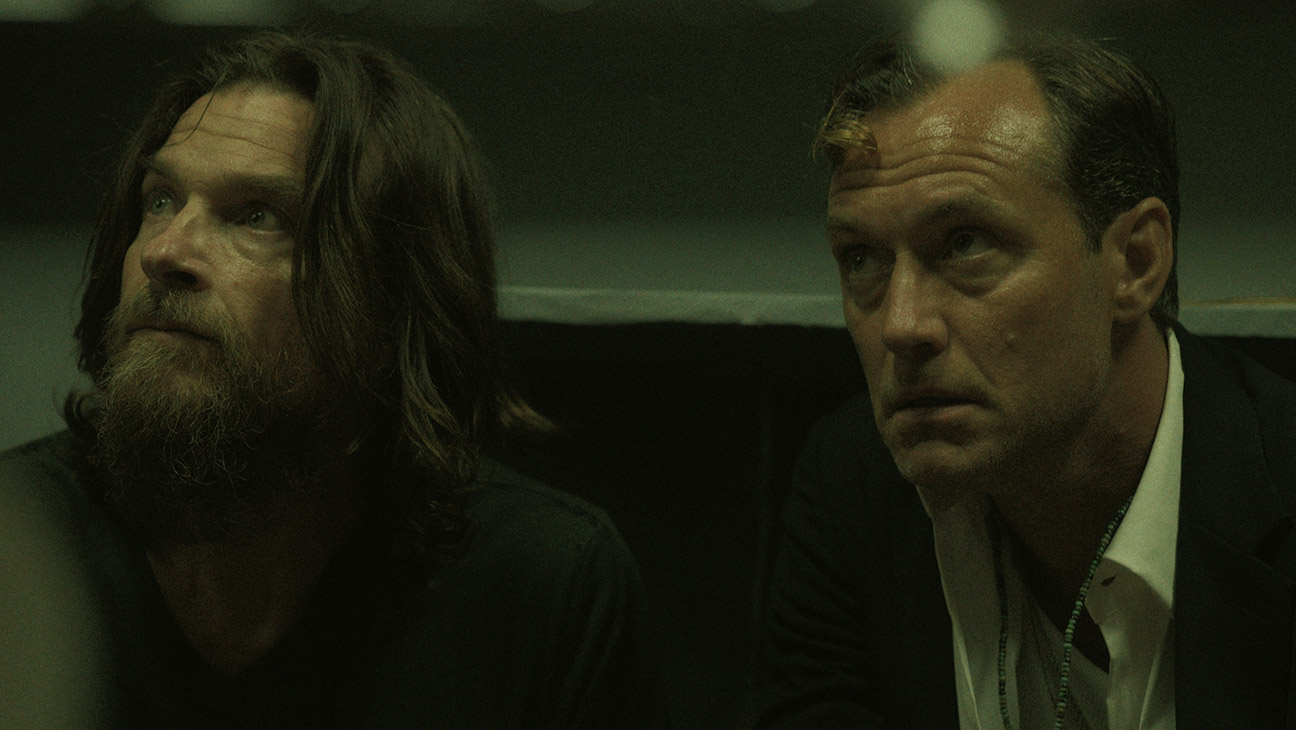
Netflix’s Black Rabbit took over the No. 1 spot on Nielsen’s streaming charts in its second week of release.
The drama starring Jude Law and Jason Bateman delivered 1.26 billion minutes of viewing for the week of…
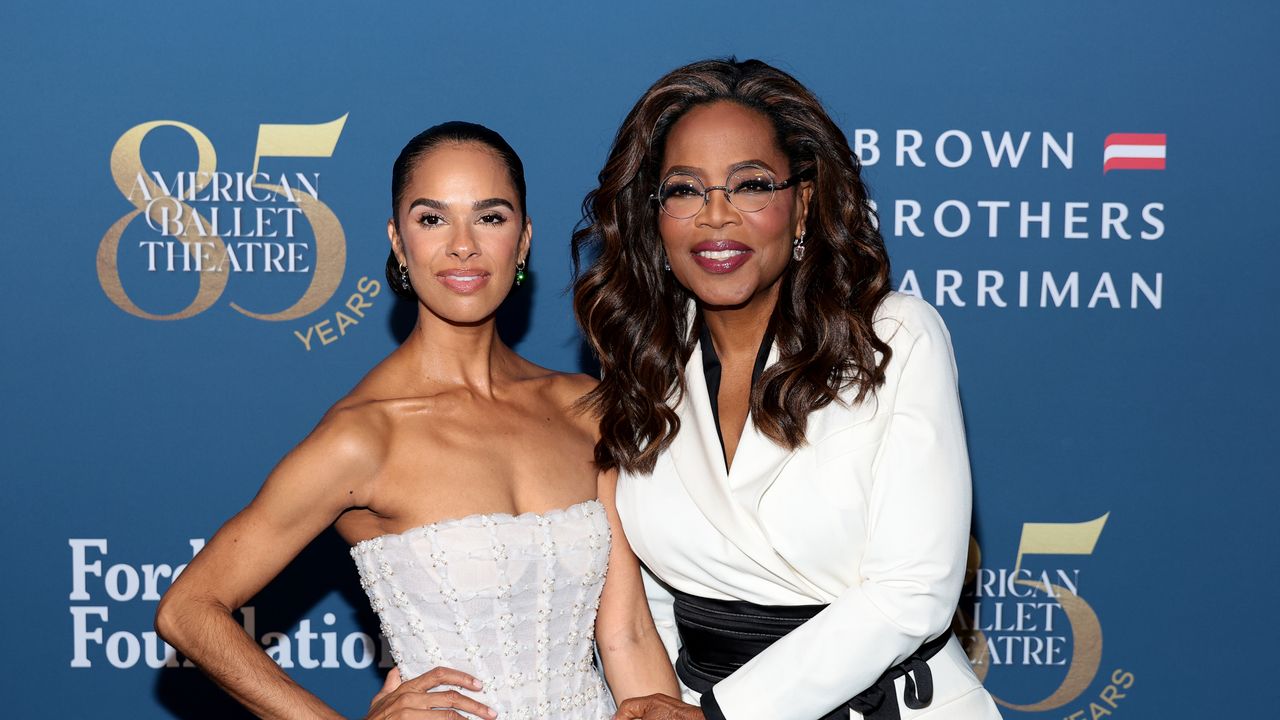
American Ballet Theater doesn’t typically align its seasonal galas with a company member’s farewell, but in the case of Misty Copeland, whose trailblazing career has irrevocably changed the 85-year-old institution, an exception was made. A…

YouTube TV once again finds itself in a high-profile carriage dispute with a major media company, this time with Disney.
The Bob Iger-run entertainment giant on Thursday began warning customers that they may soon lose access to channels…

Prince Andrew’s attitude towards staff members working at the Palace has been brutally described by a former aide in a royal book by author Andrew Lownie. The former royal aide, who worked as an equerry for the Queen Mother, claimed that Andrew’s…
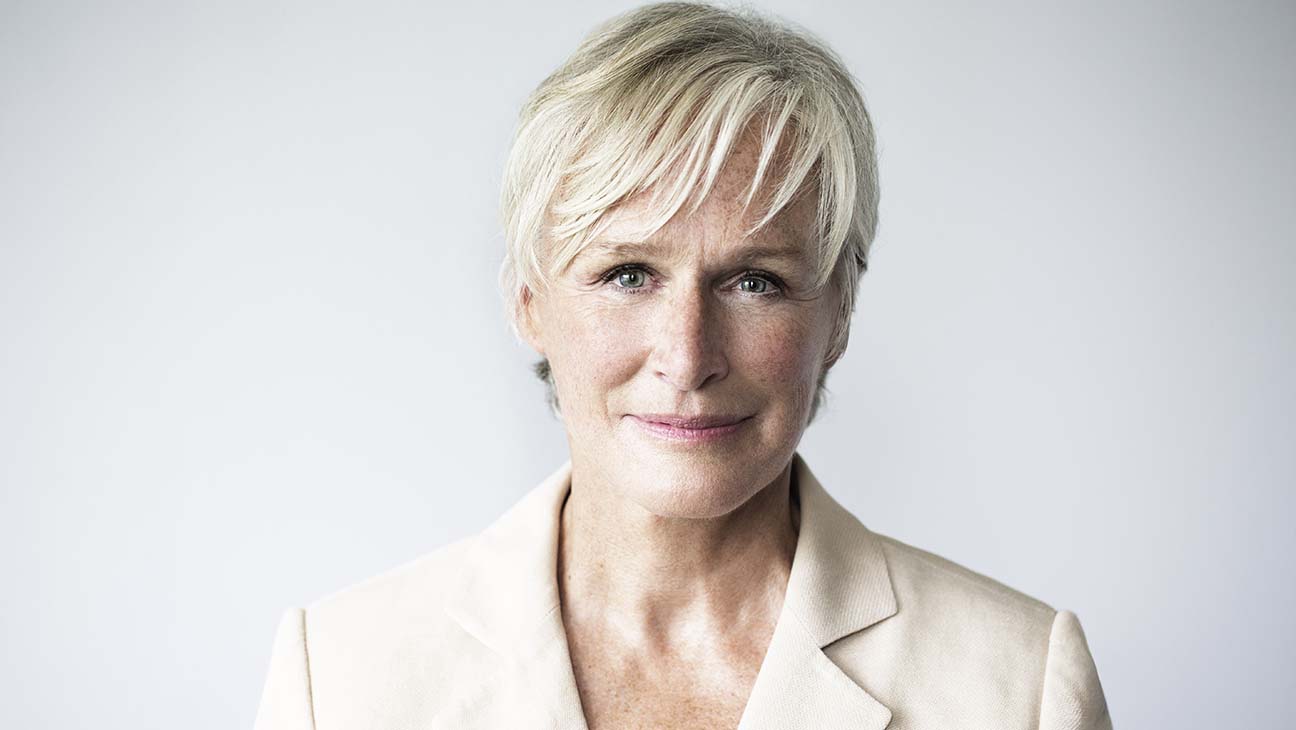
Glenn Close has joined the cast of the Spanish drama The Black Ball (La Bola Negra), the new film from the writing-directing team of Javier Calvo and Javier Ambrossi (Veneno, The Messiah). Produced by Movistar Plus+ and Suma Content Films,…
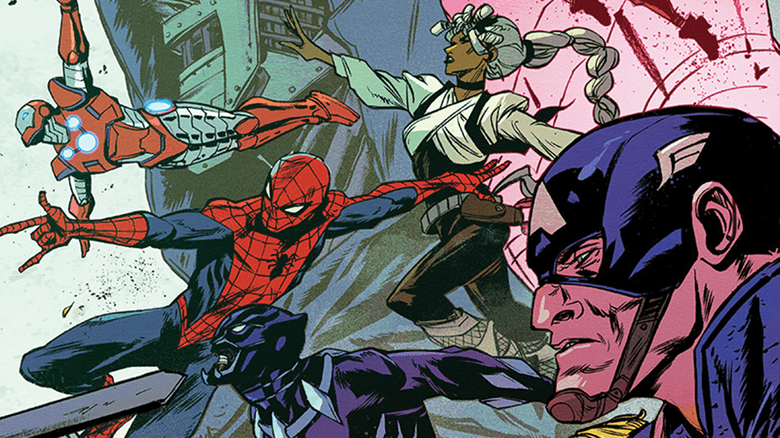
ULTIMATE ENDGAME #1
Written by DENIZ CAMP
Art by TERRY DODSON & JONAS SCHARF
Cover by MARK BROOKS
On Sale 12/31
ULTIMATE ENDGAME #1 writer Deniz Camp spoke with ComicBook.com about finishing the saga that began with 2023’s ULTIMATE INVASION. “I’m…